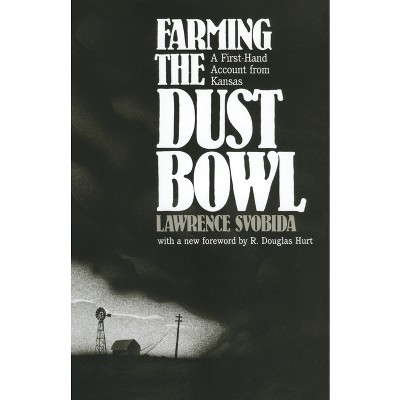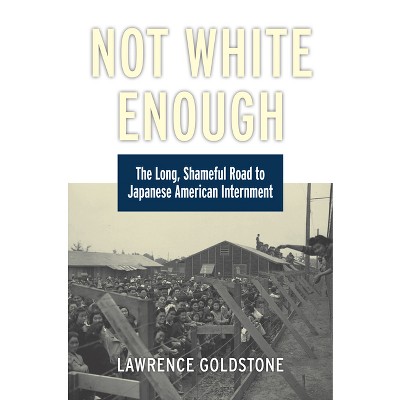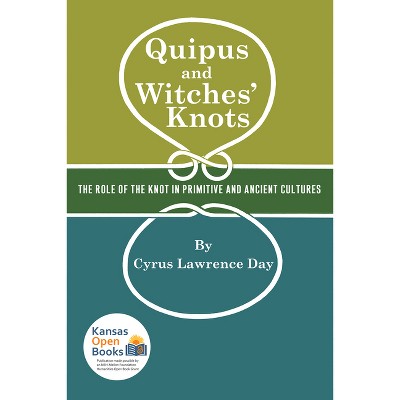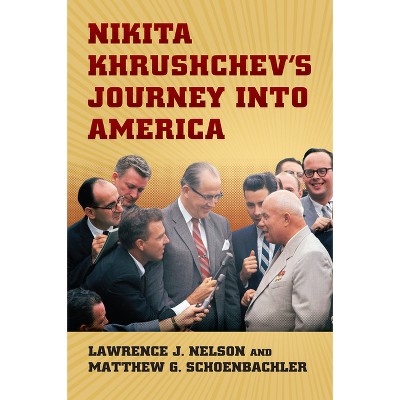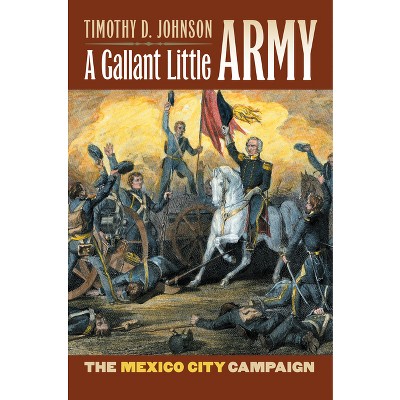Sponsored

Lessons from an Indian Day School - by Adrea Lawrence (Hardcover)
In Stock
Sponsored
About this item
Highlights
- History of Education Society's Outstanding Book Award, Honorable MentionClara D. True and Clinton J. Crandall, teacher and superintendent for the Indian Day School of the Santa Clara Pueblo, were typical agents in the campaign waged by the federal government to assimilate Native Americans into mainstream American society.
- Author(s): Adrea Lawrence
- 320 Pages
- Education, History
Description
About the Book
The first scholarly examination of an Indian day school, as revealed in letters between a teacher and superintendent. These two flawed but intent individuals, charged with the task of carrying out the federal government's campaign to assimilate Native Americans into mainstream American society, candidly described their daily lives and the challenges they faced at the Indian Day School of the Santa Clara Pueblo.
Book Synopsis
History of Education Society's Outstanding Book Award, Honorable Mention
Clara D. True and Clinton J. Crandall, teacher and superintendent for the Indian Day School of the Santa Clara Pueblo, were typical agents in the campaign waged by the federal government to assimilate Native Americans into mainstream American society. As the primary Office of Indian Affairs officials for the Pueblo, True and Crandall administered the school and also served as de facto health officials, demographers, arbiters, and legal consultants--as well as the eyes and ears of the government.
Drawing upon an extensive correspondence between True and Crandall from 1902 to 1907, Adrea Lawrence provides an intimate look at the daily lives and challenges that the two educators faced as they worked with a diverse community of Tewa Indians and Hispanos. Through this long-overlooked correspondence, Lawrence introduces us to two fascinating characters-flawed but intent individuals charged with the task of carrying out the government's colonialist Indian education policy.
Through descriptions of such episodes as their disdain for older Indians' suspicion of vaccination, True and Crandall provide clear examples of the inherent contradictions in the federal government's culturally insensitive approach toward its Indian population. Yet they were also great advocates for the Indians, often stepping in to mediate in matters involving land and taxation. The complex portrait of these educators that emerges is based not just on the letters but also on corresponding documents from Pueblo Indians, periodicals, legal cases, statutes, Indian Office circulars, and anthropological studies conducted by both Native and non-Native scholars.
Lawrence reveals the challenges federal employees faced as they tried to execute the federal policy of assimilation while dealing with educative issues-relating to land, disease, citizenship, and modes of education-that confronted Santa Clara Pueblo and its neighbors. Several recurring themes are traced through each chapter, such as colonization as negotiation; place as a participant; True and Crandall's notions of "good" and "bad" Indians; and the significance of the relationships among Pueblo Indians, Hispanos, and Anglos.
Simultaneously caring and condescending, dedicated yet oblivious to cultural complexities, True and Crandall in these letters offer a rare and nuanced look at the daily interactions between OIA employees and their charges. It makes a unique contribution to both Native American and education history.
Review Quotes
"Sometimes a micro-study of a short period of time at an Indian reservation, focused entirely on two people, can be a powerful microcosm of many of the problems in Indian country throughout American history. This is such a study, and it is an exceptional read."--Pacific Historical Review
"Lawrence's insights into this microcosm of early twentieth-century New Mexico lead to an absorbing
study."--American Historical Review
"This is a deeply and widely researched study, enriched by maps and photographs. Lawrence contextualizes the school within debates about law, land ownership, citizenship, disease, gender, alcohol consumption, and other issues rarely examined so intensively in such educational studies. Above all, she conveys how individuals and groups, especially Santa Clara people, negotiated and manipulated federal designs."--Journal of American History
"Illuminating global processes of colonization and racialization, Lawrence's innovative study speaks compellingly far beyond the schoolhouse walls to deepen our understanding of land tenure, epidemic disease, citizenship, and education in the early twentieth-century American southwest."--K. Tsianina Lomawaima, author of They Called It Prairie Light: The Story of Chilocco Indian School
"A complex tale of cross-cultural encounter that reveals a more complicated landscape than we have previously imagined."--Clyde Ellis, author of To Change Them Forever: Indian Education at the Rainy Mountain Boarding School, 1893-1920
"A penetrating and insightful account."--David Wallace Adams, author of Education for Extinction: American Indians and the Boarding School Experience, 1875-1928
Shipping details
Return details
Trending Non-Fiction






